Leg
ulcers are no less than a nightmare! They don’t just look hideous and
hinder your confidence, but can also be an indication of a more serious
underlying medical condition. Leg ulcers are the consequence of minor
injuries on the leg, where your skin breaks and allows air or bacteria
to get to the underlying tissues. Usually, this damage heals on its own
within a week or two, but sometimes, the skin doesn’t heal and forms
ulcers that can be quite painful. In this article, we have listed home
remedies that can help treat leg ulcers naturally.
Other than skin injuries, leg ulcers may also develop as a result of an underlying medical condition. The diseases which may lead to the development of leg ulcers are discussed briefly below.
Table Of Contents
- What Are Leg Ulcers?
- What Causes Leg Ulcers?
- Signs And Symptoms Of Leg Ulcers
- How Are Leg Ulcers Diagnosed?
- How To Heal Leg Ulcers Naturally
- Preventive Tips
- Side Effects Of Leg Ulcers
What Are Leg Ulcers?
Leg ulcers are sores that develop on broken or injured skin. Usually, they are more prominent right above the ankles, on the inner side of your legs.Other than skin injuries, leg ulcers may also develop as a result of an underlying medical condition. The diseases which may lead to the development of leg ulcers are discussed briefly below.
What Causes Leg Ulcers?
- Venous Disease: This is one of the most common underlying causes of leg ulcers. It accounts for about 80% of cases of ulcers in the leg. Venous disease is usually a result of faulty valves in the veins. When the veins fail to push blood towards the heart, it flows back into the legs, eventually causing ulcers.
- Arterial Disease: Another disease that triggers leg ulcers is arterial disease. This accounts for 15% of leg ulcers and is a result of blocked arteries in the leg that inhibits blood flow to the underlying tissues.
- Other Medical Conditions: Leg ulcers can also be formed due to medical conditions like diabetes or rheumatoid arthritis.
Signs And Symptoms Of Leg Ulcers
The most common symptoms that accompany leg ulcers are as follows:- Swelling of the ankles
- A swollen and enlarged vein in either of your legs
- Heaviness in the leg
- The leg begins to ache if you stand for long periods
- Discoloration on the leg
- Irritated or flaky skin
- Skin begins to harden and scale around the ulcers
How Are Leg Ulcers Diagnosed?
- A physical examination is the most common way to diagnose it.
- A doppler machine can also be used to diagnose leg ulcers based on the blood supply to your legs.
- In some cases, your doctor may refer you to a vascular specialist if he is not able to confirm your condition.
Natural Remedies To Heal Leg Ulcers
1. Aloe Vera
You Will Need
Aloe vera gelWhat You Have To Do
- Take an aloe vera leaf and cut it slightly.
- Scrape off the jelly-like substance from the leaf.
- Apply the gel directly to the ulcers on your leg.
How Often You Should Do This
Do this 2-3 times daily.Why This Works
Aloe vera is a therapeutic herb that is widely used to treat various ailments. It is extremely effective in healing leg ulcers as it not only inhibits the growth of bacteria but also prevents further infection (1). It contains compounds like anthraquinones and certain hormones that are said to render wound healing properties to it (2).2. Coconut Oil
You Will Need
1 to 2 teaspoons of virgin coconut oilWhat You Have To Do
Take some virgin coconut oil in your palm and apply it gently to your leg ulcers.How Often You Should Do This
You must do this 2-3 times daily for a speedy recovery.Why This Works
Coconut oil exhibits wonderful antibacterial properties owing to the presence of fatty acids like lauric acid. It is also anti-inflammatory and is quite effective in healing leg ulcers and the associated symptoms (3), (4).3. Honey
You Will Need
100% organic honeyWhat You Have To Do
- Take a little organic honey on your fingertips.
- Apply it gently to the open ulcers on your leg and leave it on.
- You can wash it off with water after 10 to 15 minutes.
How Often You Should Do This
Do this at least 2-3 times daily.Why This Works
Honey is one of the most commonly used remedies for treating wounds and burns and is one of the best remedies for leg ulcers (5). Its anti-inflammatory properties help reduce swelling and pain, while its healing properties accelerate the healing of the ulcers. Honey is also antibacterial and can inhibit further infection of the ulcers (6), (7).4. Gotu Kola
You Will Need
- A handful of gotu kola leaves or 1 tablespoon of dried gotu kola
- Water
What You Have To Do
- Grind the gotu kola leaves with enough water to form a thick paste.
- Apply this paste to your leg ulcers and leave it on for 15-20 minutes.
- Wash it off.
How Often You Should Do This
Apply this paste 1-2 times daily.Why This Works
Gotu kola is a creeping herb that is mainly found in tropical regions like Asia and Africa. It is used to treat open wounds like leg ulcers and burns (8). The presence of compounds like asiatic acid and madecassic acid gives gotu kola its wound-healing and anti-inflammatory properties (9), (10), (11).5. Tea Tree Oil
You Will Need
- 10 to 12 drops of tea tree oil
- 30 mL of coconut oil
What You Have To Do
- Mix the tea tree oil with coconut oil.
- Apply a little of this mixture to the leg ulcers.
- Store the remaining mixture in a clean container for further use.
How Often You Should Do This
Do this at least twice daily for best results.Why This Works
Tea tree oil is a powerful antiseptic and is used to treat various skin infections (12), (13). Researchers have proved the efficiency of tea tree oil in treating chronic leg ulcers as well (14). It also exhibits strong antibacterial and anti-inflammatory activities, which can be of great help in the treatment and healing of leg ulcers (15).6. Turmeric
You Will Need
- 1 teaspoon of turmeric powder
- Water
What You Have To Do
- Mix the turmeric and water to make a thick paste.
- Apply the paste to the ulcers on your leg and let it dry.
- Wash it off with warm water.
- You can also consume a glass of hot milk with turmeric to help your body combat the infection from within.
How Often You Should Do This
You must do this at least twice daily.Why This Works
Turmeric has been used for ages for wound healing due to its antibacterial properties (16). It contains a compound called curcumin that has exceptional anti-inflammatory and wound-healing properties (17), (18).7. Apple Cider Vinegar
You Will Need
- 1 tablespoon of apple cider vinegar
- 1 to 2 tablespoons of warm water
- A pinch of pepper
- A small washcloth
What You Have To Do
- Mix the apple cider vinegar with warm water.
- Soak a small washcloth in this solution and place it on the wound.
- Leave it on for 10 to 15 minutes.
How Often You Should Do This
Do this twice daily.Why This Works
Apple cider vinegar is another natural but effective remedy for leg ulcers. It contains high amounts of acetic acid and is also a rich source of various vitamins and minerals, which make it very effective in treating microbial infections like leg ulcers (19). Due to its wound-healing nature, it is also widely used to treat varicose veins and hence can be quite helpful in treating leg ulcers (20).8. Vaseline
You Will Need
Vaseline or petroleum jellyWhat You Have To Do
Apply a thin layer of Vaseline directly on the leg ulcers.How Often You Should Do This
Do this multiple times daily.Why This Works
Petroleum jelly is commercially sold as Vaseline. It forms a protective layer on the ulcer, thereby preventing further infection of the open sore (21). It can also prevent scarring and itchiness. However, it is not a good idea to use Vaseline if you plan on dressing your leg ulcers.9. Rosemary Essential Oil
You Will Need
- 3 to 4 drops of rosemary essential oil
- 1 to 2 teaspoons of coconut oil
What You Have To Do
- Mix the rosemary oil with coconut oil.
- Apply this blend directly to the leg ulcers.
How Often You Should Do This
You must do this 2-3 times daily.Why This Works
Rosemary is used for various purposes, including the treatment and management of wounds (22). It possesses anti-inflammatory properties that can help treat the swelling and inflammation (23). Rosemary is also a natural antiseptic and can hence inhibit bacterial growth in the leg ulcers (24).10. Hawthorn Berries
11. Yarrow
You Will Need
Yarrow supplements or topical ointment containing yarrowWhat You Have To Do
Consume yarrow supplements (350 mg) to help your body recover faster.You can also apply an ointment made of yarrow on the ulcers.
How Often You Should Do This
Do this on a daily basis.Why This Works
Yarrow is almost as effective as Hawthorn in treating open wounds like leg ulcers (27). It exhibits antibacterial and anti-inflammatory properties that speed up the healing process of the wound while simultaneously reducing inflammation and swelling (if any) (28), (29).12. Flaxseeds
You Will Need
- 1 teaspoon of ground flaxseeds
- Water
What You Have To Do
- Take a teaspoon of ground flaxseeds and add a little water to it to form a thick paste.
- Apply this flaxseed paste directly to the leg ulcers.
- Leave it on for 15 to 20 minutes and then wash it off with water.
- You can also wrap the ulcer on your leg with a plastic cover after applying the flaxseed paste and leave it on overnight.
- You can also consume flaxseeds for added benefits.
How Often You Should Do This
Do this at least 1-2 times daily.Why This Works
Flaxseeds are a rich source of omega-3 fatty acids, which impart anti-inflammatory properties to them (30). They also help in the faster healing of open wounds and skin ulcers (31). Flaxseeds are also antimicrobial and can help prevent infection (32).13. Chamomile
You Will Need
- 1 teaspoon of chamomile herb
- 1 cup of hot water
What You Have To Do
- Add a teaspoon of chamomile herb to a cup of hot water and allow it to steep for 10-15 minutes.
- Strain and let it cool for a while.
- Soak a clean washcloth in this tea and wrap it gently around the leg ulcers.
- Leave it on overnight.
How Often You Should Do This
You can do this once daily.Why This Works
Recent studies have concluded that chamomile extract can facilitate complete healing of open wounds (33). It possesses anti-inflammatory properties that reduce the inflammation and swelling around the leg ulcers, while its antibacterial properties help combat and prevent infection (34), (35).These remedies are the safest options to treat leg ulcers. You can also take some precautions to avoid developing these ulcers again. They are as discussed below.
Preventive Tips
- Keep a check on your weight
- Keep your legs elevated every now and then
- Wear compression stockings at all times, except while sleeping
- Avoid standing or sitting at a stretch
- Indulge in gentle exercises and walk daily
- Keep a check on your blood sugar levels as leg ulcers can also be caused by diabetes
Side Effects Of Leg Ulcers
- Fever
- Unbearable pain
- A green and foul-smelling discharge from the ulcers
- The skin around the ulcers begins to swell
- The sores become bigger
- Inflamed skin around the ulcers
Source Click here
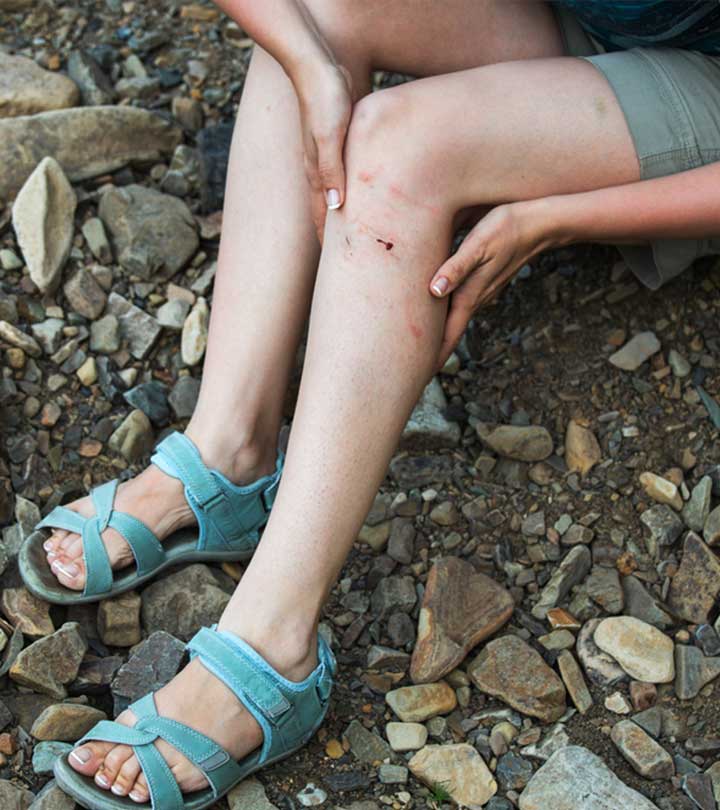
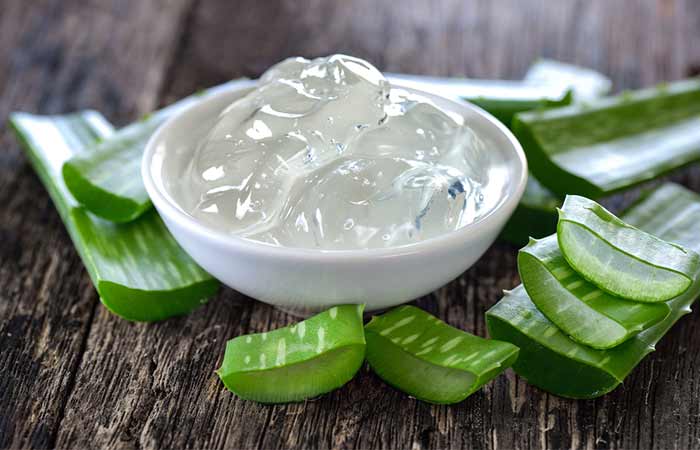
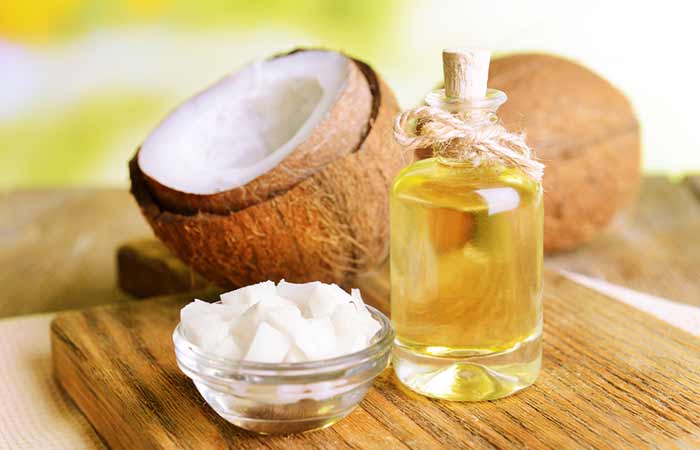
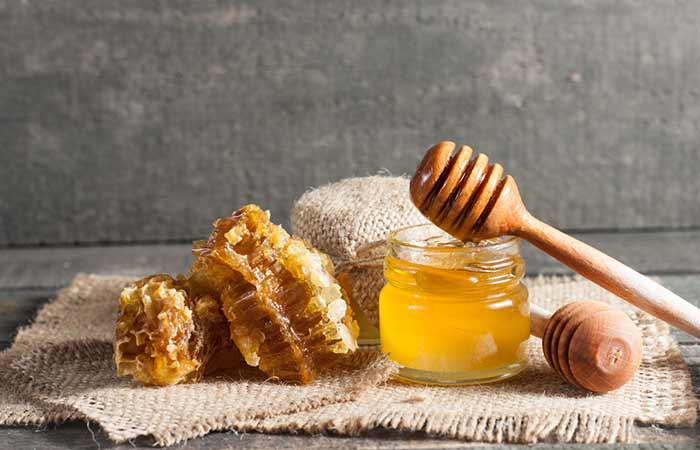

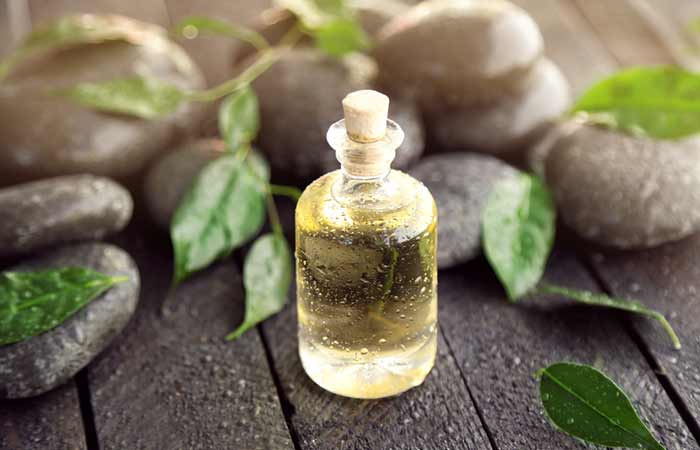



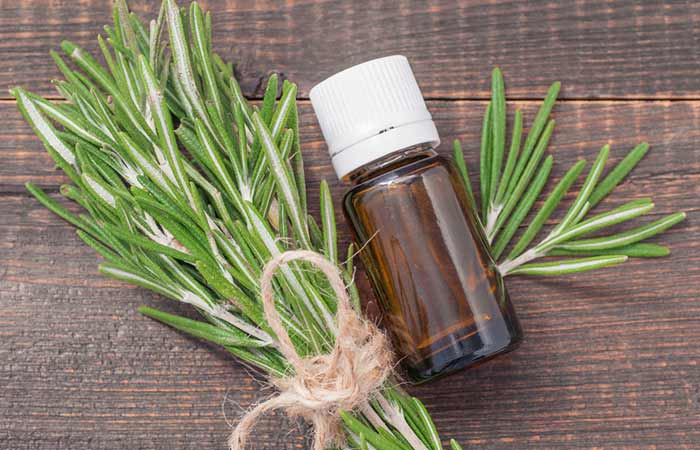


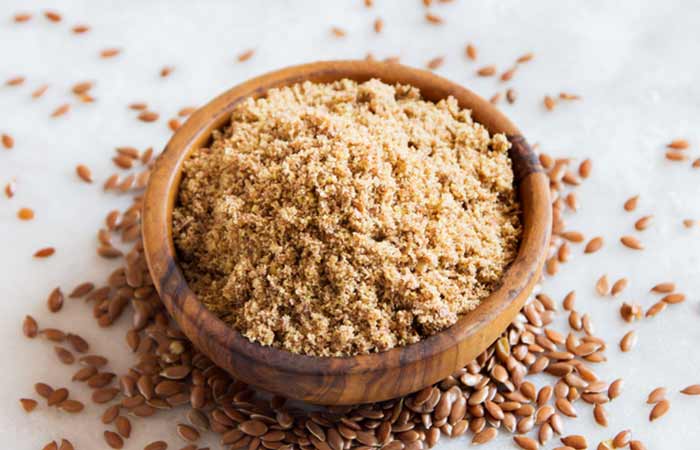

Comments
Post a Comment